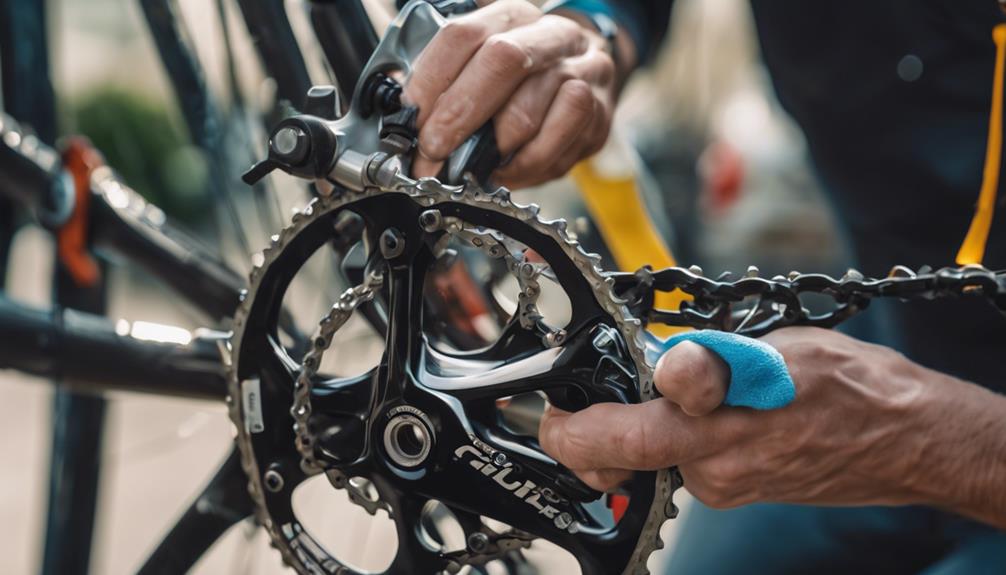Bicycles are not just a mode of transportation; they represent freedom, a healthier lifestyle, and sometimes, a significant financial investment. However, with the rising number of bike thefts, ensuring the safety of your bicycle has never been more critical. This article delves into the world of bicycle locks, exploring the various types, their effectiveness, and tips for securing your bike. By the end, you’ll have a comprehensive understanding of how to keep your bicycle safe from theft.
Understanding Bicycle Theft: The Current Landscape
Before diving into the different types of bicycle locks, it’s essential to understand the problem of bicycle theft. According to the National Bike Registry, an estimated 1.5 million bicycles are stolen each year in the United States alone. The FBI’s Crime Statistics report further indicates a 9% increase in bicycle thefts from 2019 to 2020. This alarming trend emphasizes the need for effective security measures.
Types of Bicycle Locks
There are several types of bicycle locks available on the market, each with its pros and cons. Understanding these can help you choose the right lock for your needs.
1. U-Locks
U-locks, also known as D-locks, are among the most popular and effective bike locks. They consist of a hardened steel shackle that forms a “U” shape, making it difficult for thieves to cut through.
- Pros: Highly resistant to cutting and leverage attacks, compact size, and various lengths available.
- Cons: Can be heavy, and the locking mechanism may be susceptible to picking if low-quality.
2. Chain Locks
Chain locks consist of a chain and a locking mechanism, providing flexibility in securing your bicycle.
- Pros: Flexible, allowing for securing your bike to various objects; heavier chains can deter thieves.
- Cons: Can be heavy and cumbersome, especially if made of thick steel; some models are susceptible to cutting.
3. Cable Locks
Cable locks are made from braided steel cables, offering a lightweight option for locking bikes.
- Pros: Lightweight and portable; easy to use; can be combined with other locks for added security.
- Cons: Generally the least secure option; can be easily cut with bolt cutters.
4. Folding Locks
Folding locks are made of several metal plates that fold together, offering a compact and flexible locking solution.
- Pros: Compact and lightweight, versatile in locking options; offers a good level of security.
- Cons: More expensive than some other options; if not made of high-quality material, they may be vulnerable to attacks.
Factors to Consider When Choosing a Bicycle Lock
When selecting a bicycle lock, several factors should be considered to ensure that it meets your security needs:
- Security Level: Choose a lock that is rated highly on security scales, such as those provided by Sold Secure or ART.
- Portability: Consider how easy it is to carry your lock. U-locks may be cumbersome, while cable locks are lightweight.
- Type of Bike: The value of your bike may determine the type of lock you should invest in. High-value bikes need more robust locks.
- Locking Technique: Always lock your bike in a way that makes it hard for thieves to access critical components, such as the frame and wheels.
Best Practices for Locking Your Bicycle
Even the best lock won’t guarantee protection if not used correctly. Here are some best practices for locking your bike securely:
- Lock the Frame: Always lock the frame to a fixed object, such as a bike rack, to prevent it from being lifted away.
- Secure the Wheels: If possible, use a second lock to secure the wheels to the frame or a fixed object.
- Avoid High-Crime Areas: Always choose a well-lit, busy area for parking your bike. Check local crime statistics for bike theft hotspots.
- Use Two Types of Locks: Combine a U-lock with a cable or chain lock for added security. Different types of locks deter different kinds of theft.
Case Studies: Real-Life Examples of Bicycle Theft
To further illustrate the importance of using the right bicycle lock and locking techniques, let’s look at a couple of case studies:
Case Study 1: The U-Lock Hero
In 2021, a cyclist in San Francisco locked their $2,000 road bike with a high-quality U-lock to a bike rack in a busy area. Despite a nearby theft attempt, the U-lock held strong against bolt cutters, allowing the owner to return and find their bike unharmed.
Case Study 2: The Cable Lock Failure
In contrast, another cyclist parked their bike in a similar area but used a cable lock. Within minutes, a thief cut through the cable and rode away with the bike. This incident highlights the vulnerability of weaker locks in high-crime areas.
Statistics on Bicycle Theft
According to a 2020 survey by the National Association of City Transportation Officials (NACTO):
- Approximately 60% of bike thefts occur when the bicycle is locked up.
- In cities with more bike lanes and parking, bicycle theft rates tend to be lower.
- Over 80% of stolen bikes were secured using low-quality locks.
Conclusion: Securing Your Bicycle with Confidence
As the statistics and case studies show, the risk of bicycle theft is significant, but so is the ability to mitigate that risk through proper locking techniques and the right choice of locks. By understanding the various types of locks available, considering important factors when making a purchase, and following best practices for securing your bike, you can protect your investment effectively.
In summary, prioritize the following when securing your bicycle:
- Choose a high-quality U-lock or a combination of locks for added security.
- Always lock your bike in well-populated, well-lit areas.
- Use effective locking techniques to secure both the frame and wheels.
By adopting these strategies, you can ride with confidence, knowing that your bicycle is as secure as possible against theft.
